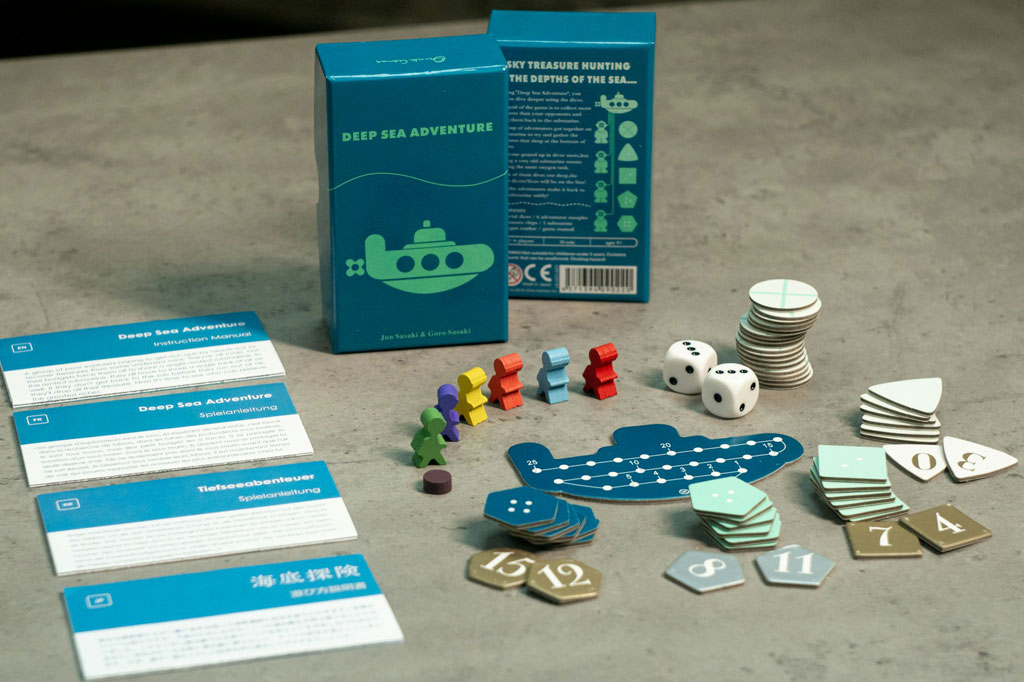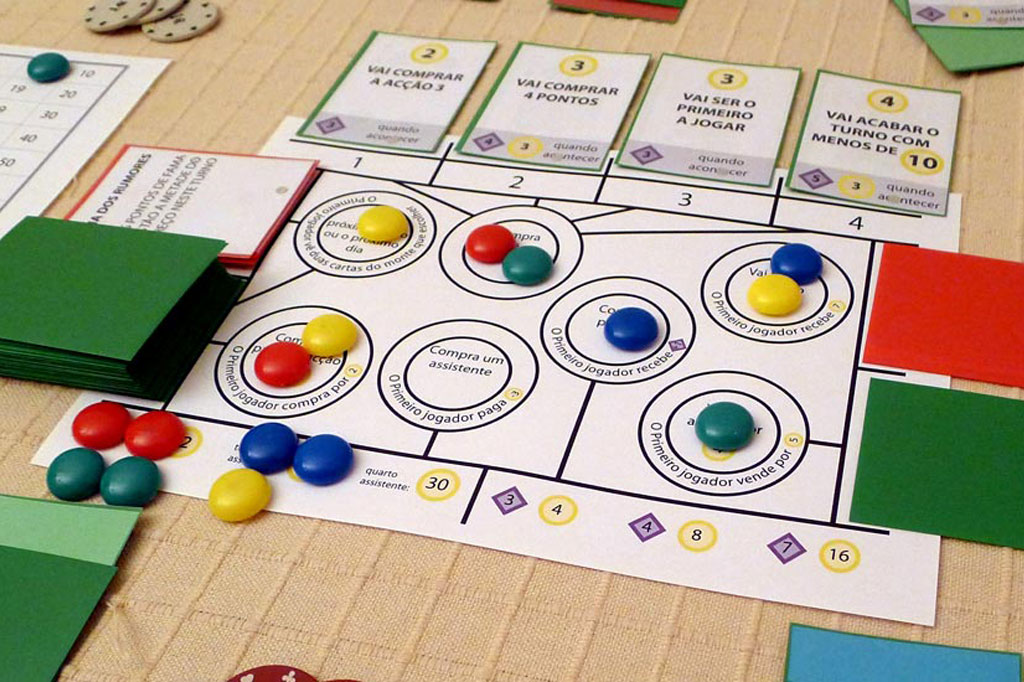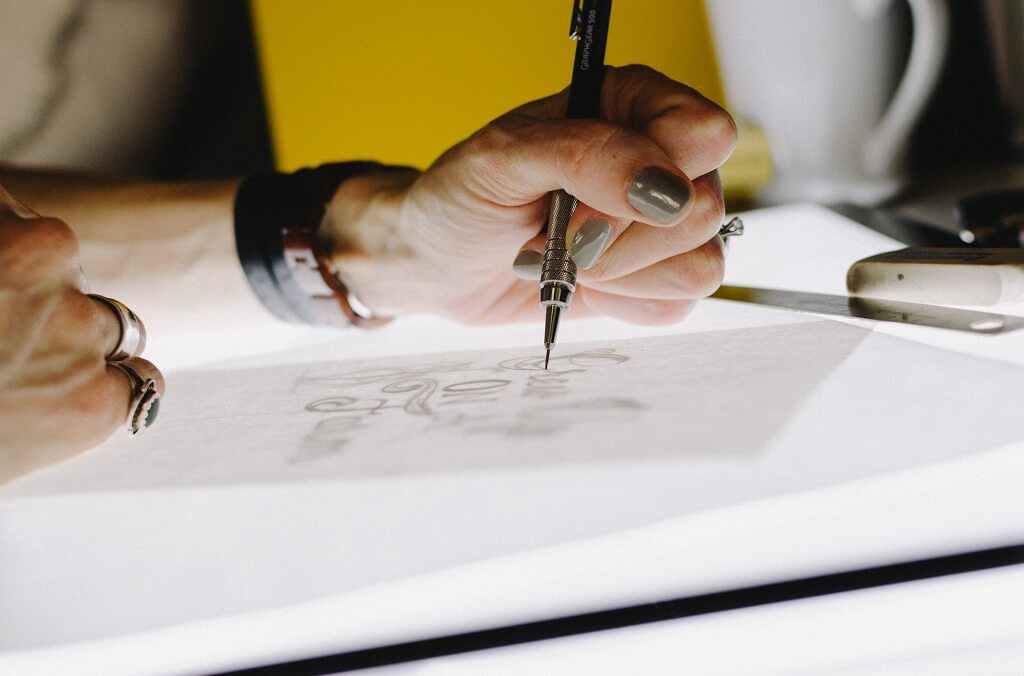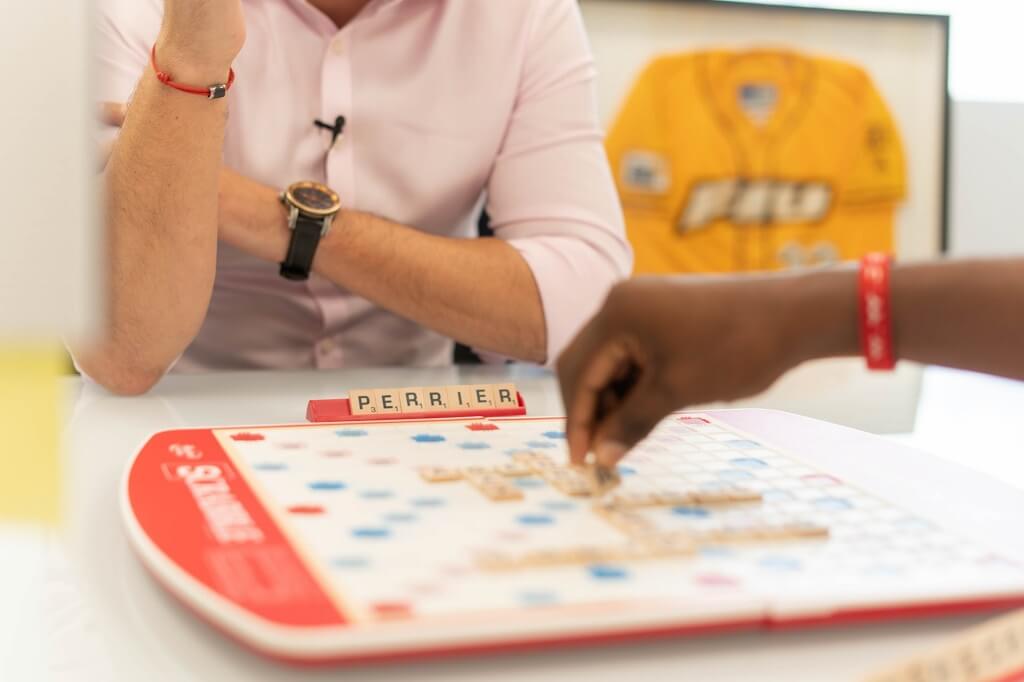Creating a board game prototype is a crucial step in game development, and for many creators around the world, China remains a top destination for affordable and high-quality board game prototyping.
But how much does it really cost to produce a prototype in China? The answer depends on a variety of factors, including materials, game components, complexity, customization, and order quantity.
Table of Contents
1. Understanding the Purpose of a Prototype
A board game prototype is a sample version of your game used for testing, showcasing to publishers, marketing on crowdfunding platforms (like Kickstarter), or preparing for mass production. Unlike mass production orders, prototypes are typically produced in very low quantities – often just 1 to 10 units.
Since most Chinese manufacturers specialize in bulk production, producing just a few units means higher per-unit costs. However, China still offers competitive prices compared to Western countries, especially when you balance cost with quality.
2. Key Cost Factors in Board Game Prototyping
a) Game Components

The number and types of components in your game significantly impact the price. Common components include:
- Game Board: Foldable or single sheet? Size matters.
- Cards: Number of cards, type of card stock, finish (glossy, matte, linen).
- Tokens/Chits: Die-cut cardboard tokens.
- Dice: Custom or standard dice.
- Miniatures: 3D-printed or injection-molded plastic figures.
- Box: Two-piece rigid box, tuck box, or magnetic box.
- Inserts: Custom plastic or cardboard inserts.
Each of these adds complexity and material cost to your prototype.
b) Material and Printing Quality
The cost varies depending on the quality you choose. Options include:
- Card Stock: 250gsm, 300gsm, or higher.
- Printing Finish: Matte, glossy, UV coating, foil stamping.
- Box Material: Simple corrugated vs. rigid chipboard.
Premium finishes and thicker materials will naturally cost more.
c) Design Files and Pre-Press Work
Many manufacturers will ask you to submit print-ready files. If you don’t have them, they might charge extra for layout and formatting.
d) Mold Fees for Custom Parts
If your prototype includes custom miniatures or tokens, expect mold fees, especially for plastic injection molds. However, for prototyping, many factories now use 3D printing or resin casting, which significantly reduces upfront costs for one-off pieces.
e) Quantity
Since prototypes are made in small runs (1–10 units), per-unit costs are high compared to bulk production. Some manufacturers offer price breaks at quantities like 5 or 10 prototypes.
f) Shipping
Don’t forget shipping fees. Shipping a single prototype internationally (via DHL, FedEx, etc.) can range from $30–$50+, depending on the weight and destination.
3. General Pricing Estimates in China
Here’s a rough breakdown of how much a basic board game prototype might cost when produced by a Chinese manufacturer. These are average figures and can vary based on customization and specs:
| Component | Estimated Cost (per unit) |
|---|---|
| Game Box (rigid, 2-piece) | $5–$15 |
| Game Board (foldable, A3-A2 size) | $5–$10 |
| Deck of 100 Cards (300gsm, matte) | $10–$15 |
| Punchboard Tokens (A4 size) | $3–$8 |
| Standard Dice (5 pieces) | $1–$3 |
| Custom Insert (paper or plastic) | $2–$6 |
| Rulebook (full color, 12 pages) | $2–$5 |
| Miniatures (3D printed, small batch) | $5–$20 each |
| Total Prototype (Basic Game) | $40–$80 |
| Complex Game with Miniatures | $100–$200+ |
Note: These prices usually exclude shipping.
4. Custom vs. Standard Components
If you choose standard components (like off-the-shelf dice or generic meeples), your prototype cost will stay low. However, if you request custom shapes, colors, or materials, especially for plastic or wooden parts, your price will increase due to tooling or design setup costs.
For example:
- Standard meeples: ~$0.10–$0.20 each
- Custom-shaped meeples: ~$0.50–$1.00 each
- Miniatures (3D printed): ~$5–$20 each, depending on size and detail
5. How to Save Money on Your Prototype
a) Simplify Your Prototype
For playtesting and crowdfunding purposes, consider simplifying your prototype by using:
- Fewer components
- Standard tokens or placeholders
- Digital or PDF rulebooks
- No inserts or basic packaging
You can always upgrade for the final production version.
b) Order Multiple Copies
If you need more than one prototype (for reviewers, backers, or team members), ordering 3–5 units at once can reduce the per-unit cost.
c) Choose the Right Manufacturer
Work with a manufacturer that offers low MOQ prototyping services. Some companies specialize in fast prototypes and may even combine orders from multiple creators to lower your costs.
d) Bundle Services
Some Chinese manufacturers offer design, prototyping, and mass production as a complete package. Bundling these services might get you discounts on the prototype stage.
6. Working with Chinese Manufacturers: What to Expect
- Communication: Communication is usually in English, but clarity is crucial. Share clear specifications and artwork.
- Turnaround Time: Prototyping usually takes 3–7 days, depending on complexity. Shipping may take another 5–7 days via express delivery.
- Payment: Prototypes are typically paid via PayPal or wire transfer. Always confirm payment terms before starting production.
7. Is It Worth Prototyping in China?
Absolutely, if quality and cost-efficiency are your priorities. Chinese manufacturers offer some of the most affordable prototyping options globally. However, be prepared for the higher per-unit cost compared to mass production, and factor in the lead time and international shipping.
Conclusion
The cost of producing a board game prototype in China varies based on your game’s complexity, components, materials, and level of customization. A simple prototype can cost $40–$80, while a more elaborate one with miniatures or premium finishes might cost $100–$200+.




